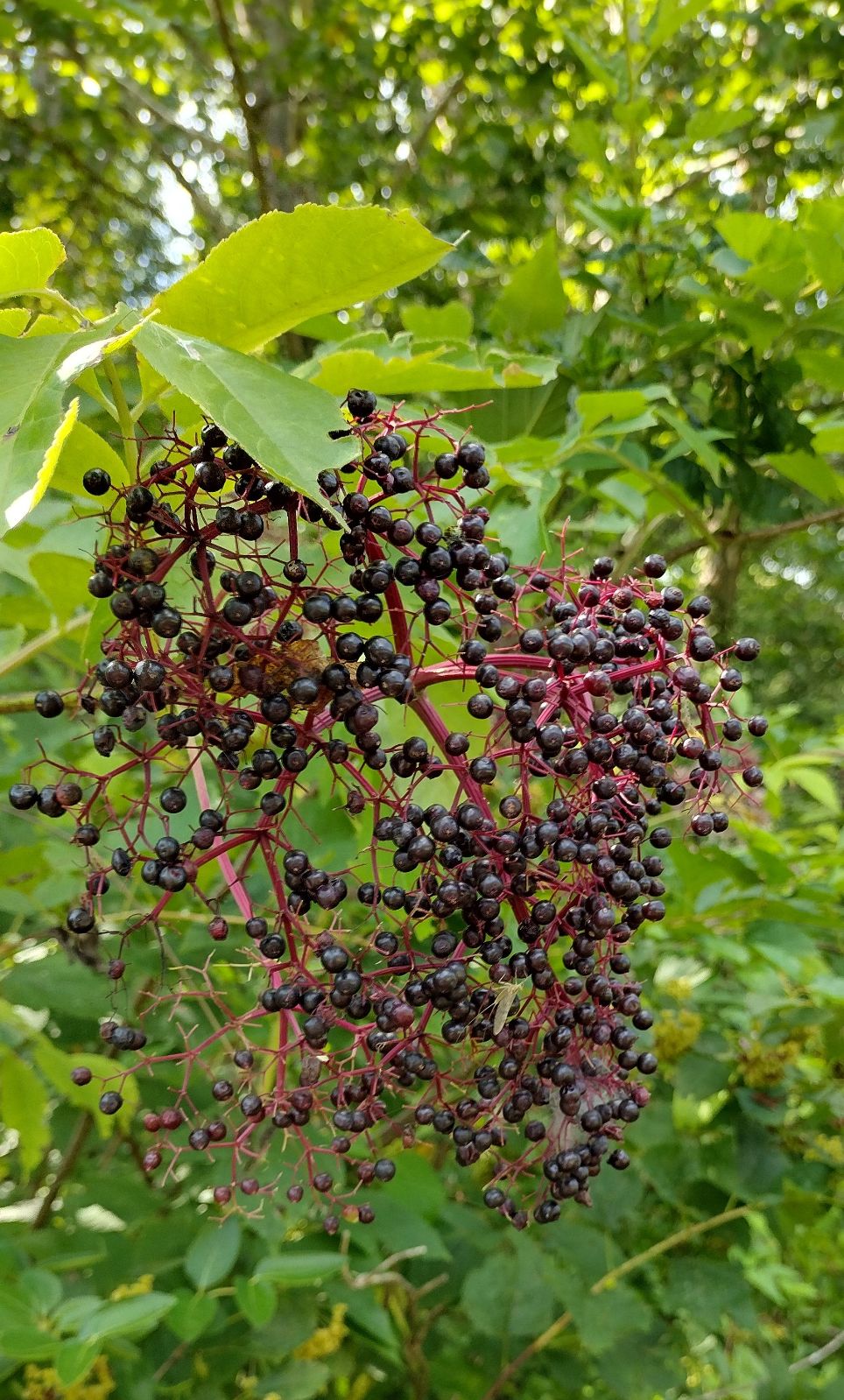Sambucus canadensis
Credits
Article from Bean's Trees and Shrubs Hardy in the British Isles
Recommended citation
'Sambucus canadensis' from the website Trees and Shrubs Online (treesandshrubsonline.
Genus
Common Names
- American Elder
Infraspecifics
A deciduous shrub, up to 12 ft high, with white pith; young branches glabrous. Leaves pinnate, the leaflets mostly seven (but also five, nine, and eleven), oval, oblong, or roundish ovate; the largest 51⁄2 in. long, 21⁄2 in. wide, taper-pointed, sharply toothed, the lowest pair frequently two- or three-lobed, lower surface glabrous or slightly downy. Flowers in convex umbels, 4 to 8 in. across, white, produced in July. Fruits purple-black.
Native of eastern N. America from Canada to Florida; introduced in 1761. Nearly allied to S. nigra, it differs in the following respects: it never assumes a tree-like form or becomes half as high as S. nigra; the leaves have normally one more pair of leaflets; the flower clusters are more rounded and appear four weeks later; the fruit is not absolutely black. I have seen it making a very pleasing picture growing by the side of a stream in the Arnold Arboretum, Mass., flowering in July, but it is not so good in this country as S. nigra.

